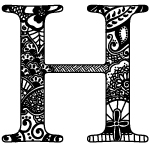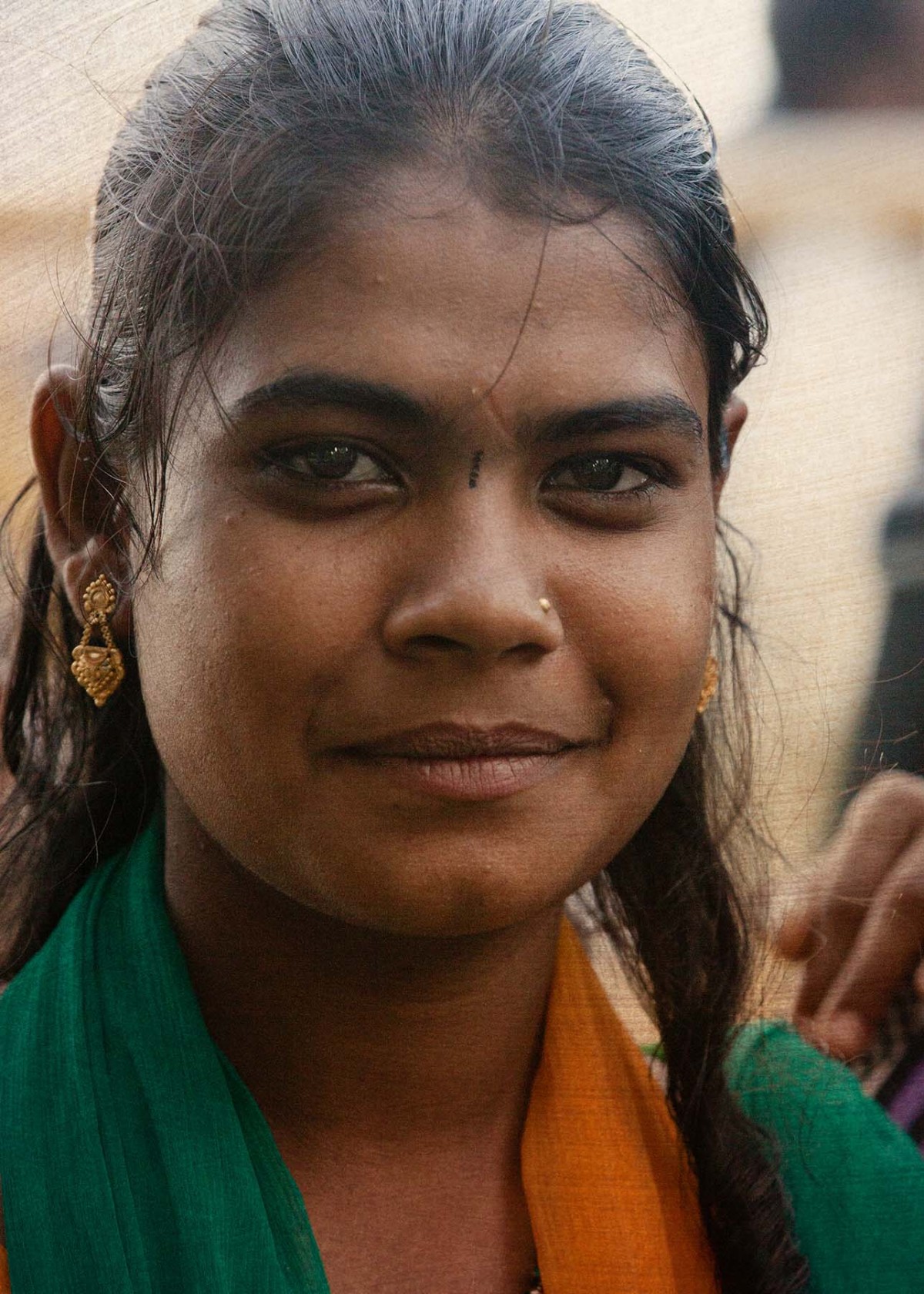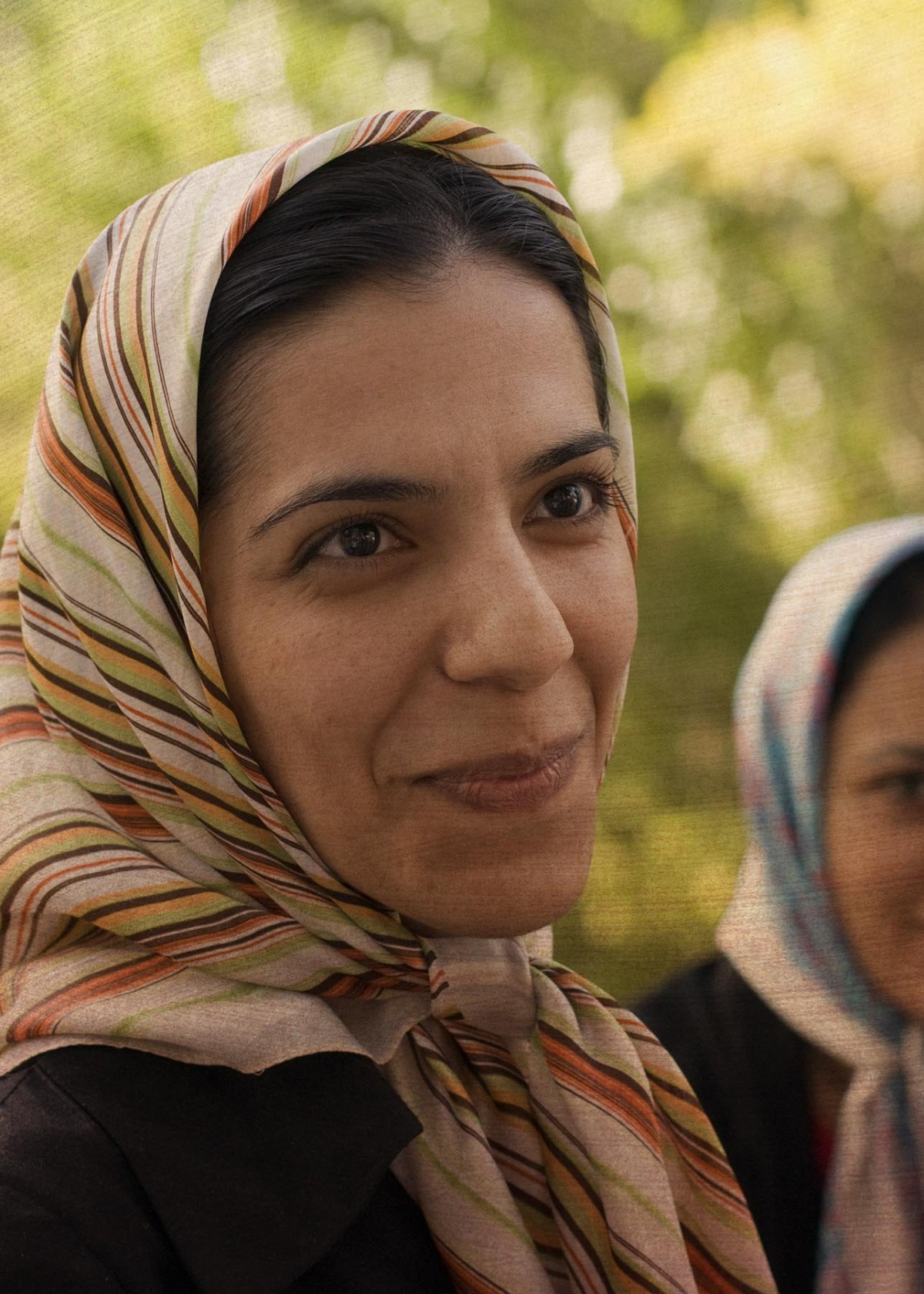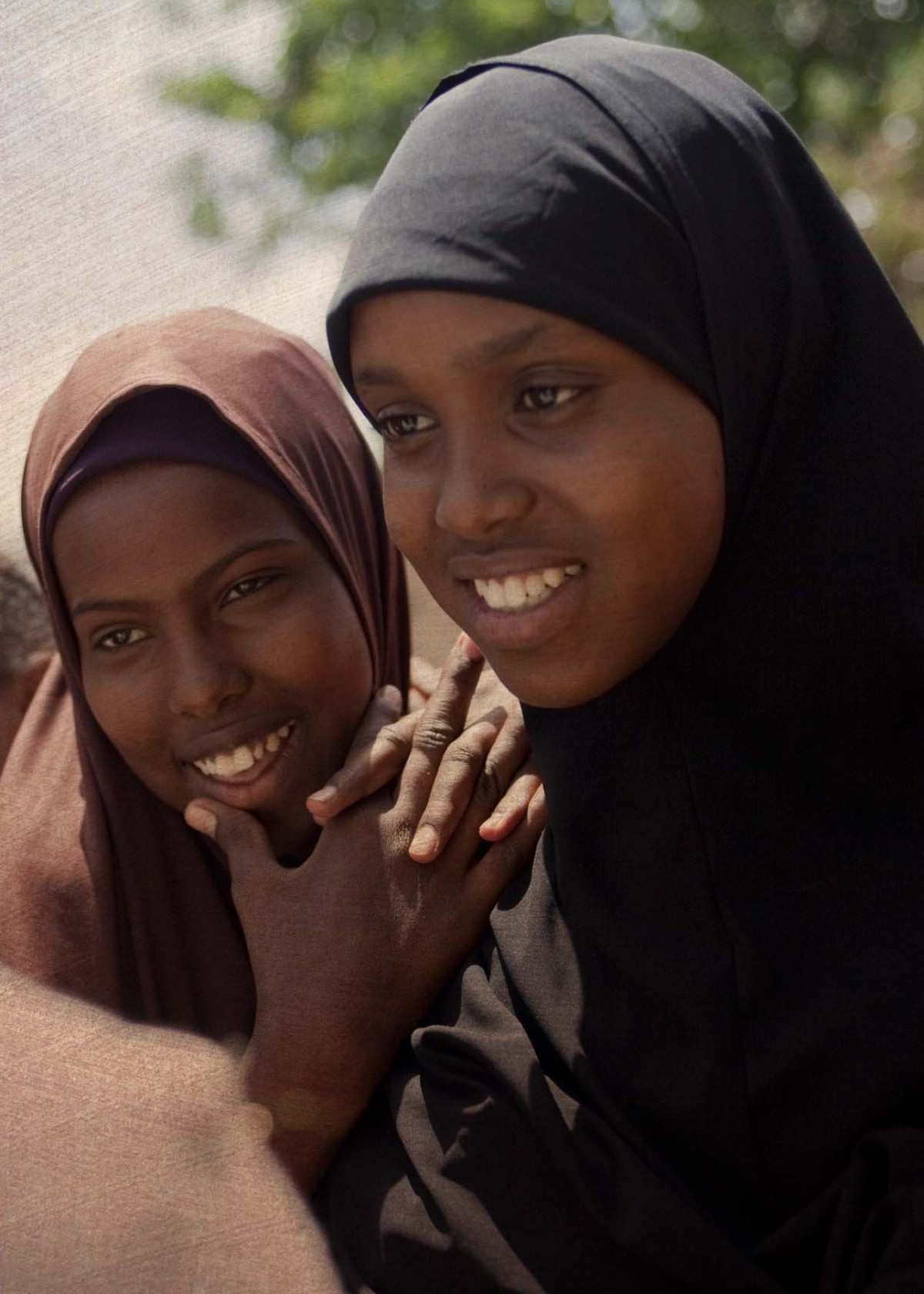 ENNA, a temporary artwork drawn on the skin, is a major part of some cultures. Women put beautiful designs on their hands and feet for special occasions.
ENNA, a temporary artwork drawn on the skin, is a major part of some cultures. Women put beautiful designs on their hands and feet for special occasions.
For hundreds of years, henna, a natural dye made from the leaves of a henna plant, has been in used as a temporary tattoo in India, Pakistan, Bangladesh, Sri Lanka, Africa and the Arabian Peninsula.
Henna accompanies engagements, weddings, births, religious events, festivals and everyday life. Henna is largely worn for cosmetic purposes. Henna is also thought to have medicinal uses and rumored to also be a sunscreen as well as a hair dye.
Before weddings, women will often host a party where the bride’s hands and feet are decorated with intricate henna designs.
The Hindu style of henna is characterized by paisley and peacock prints. Many of the designs feature the “evil eye,” a superstition among Hindus. “Fatima’s hand” is a popular design among Muslim women. Fatima was Muhammad’s daughter.
Henna is also being used to tell a different sort of story—God’s stories. Christians in South Asia and Africa developed designs depicting Bible stories. The designs incorporate symbols representing key components—sin, God, forgiveness. Believers tell the stories as they apply the henna. Now, hundreds of women are writing His word not just on their hearts, but on their hands as well!
Choose the style you want to use below.
Asian designs are made up of fine, thin lines for lacy, floral and paisley patterns covering entire hands, forearms, feet and shins. Both Arabic and Asian designs can be either a deep orange or black.
Arabic henna designs are generally large, floral patterns on the hands and feet. Both Arabic and Asian designs can be either a deep orange or black.
African henna patterns are bold, large geometric shapes, usually black, on feet and hands.


